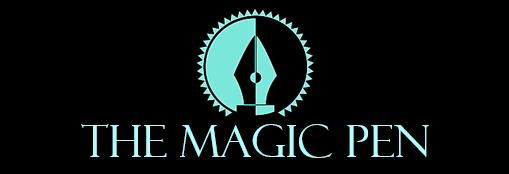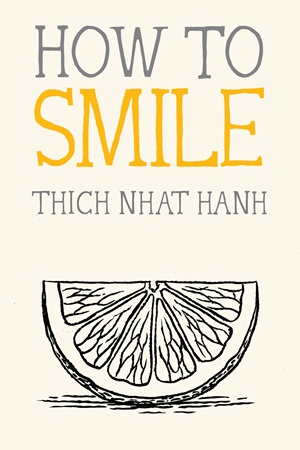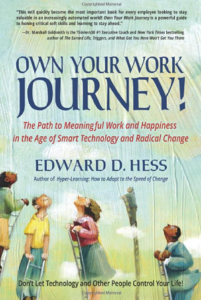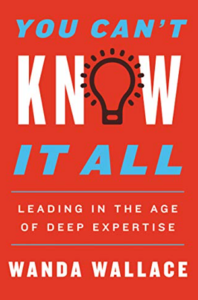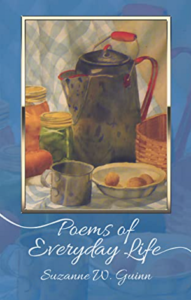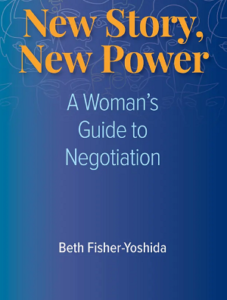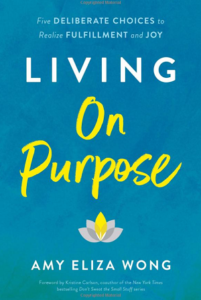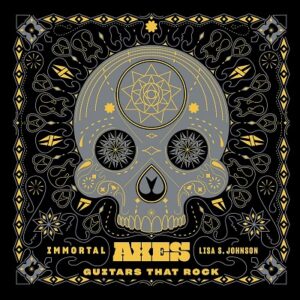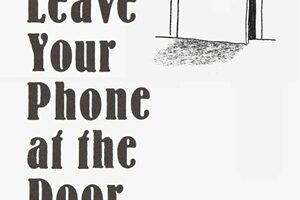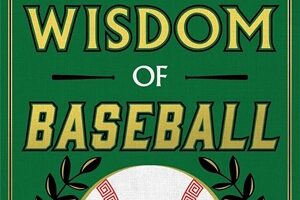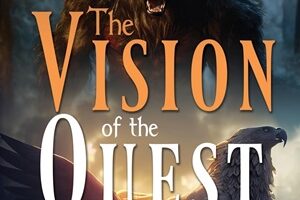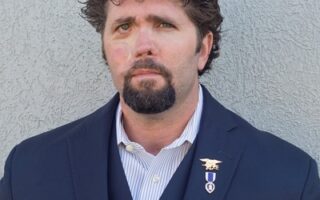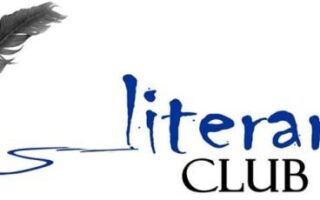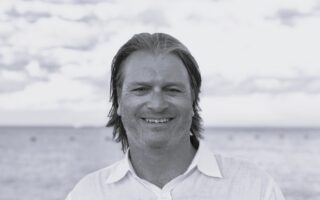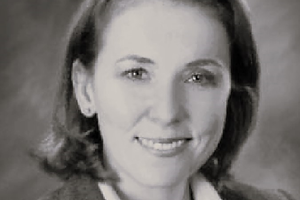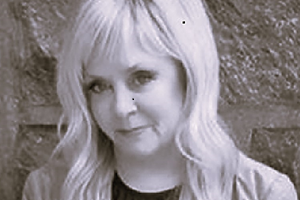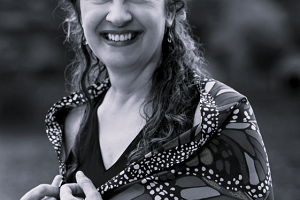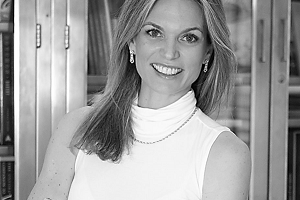
Thich Nhat Hahn’s new book is simply titled How to Smile. As he brilliantly demonstrates, the idea – while easily dismissed in today’s world as superfluous in the face of short-term immediacies – in fact is probably one of the deepest, most introspective analyses imaginable. What does it take for someone to smile? What are the intricacies, the triggers, the beliefs that result in said smile? And to make everything come full-circle, what Hahn demonstrates masterfully again is how said intricacies exist within just about every facet of normal life. Normal life, as he shows time and again, is fascinating.
Under every moment, every breath, is something mystically profound – and something whose profundity we often miss as we breeze through life, moment to moment. Once again, to the titling. Notice it emphasizes how to smile. “When we notice the presence of anger, fear, or agitation in us, we don’t need to throw them away. We only have to breathe in and out with awareness and embrace the emotion with mindfulness,” Hahn writes. “This alone is enough to calm the storm. Mindfulness is like the morning sunshine on a flower that has closed overnight. The sunshine embraces and permeates the flower, and the flower begins to open. There’s no effort. We don’t need to wait for a storm before we begin to practice. When we’re not suffering, conscious breathing will make us feel wonderful, and it is the best way to prepare ourselves to deal with troubles when they come.”
AMAZON: https://www.amazon.com/How-Smile-Mindfulness-Essentials-Book-ebook/dp/B0BG26BSTR
He also writes, “If an arrow were to strike you, you would feel pain. If a second arrow struck you in the same place, the pain would be many times greater. The unwelcome things that happen in life are the first arrow; they cause some pain. The second arrow is our reaction, which magnifies the suffering. We can prevent the firing of the second arrow by simply being present with the real suffering. This allows us to see there are still things to be grateful for, still things that are not going wrong. Happiness is possible immediately, even if everything is not perfect.”
There’s a strong resemblance between the principles and tenets Hahn swears by and devotes his life to, and the creation and ideological crux of Logotherapy, invented by Austrian psychiatrist and Holocaust survivor Viktor E. Frankl. In essence, finding meaning regardless of externalities, and in the face of them. Hahn obviously adopts a more holistic, wide-encompassing tone, but the similarities are still there and are personally intriguing. This is particularly reflected in a passage of the book titled We Can Choose the Channel. “A friend once asked me, ‘How can I force myself to smile when I’m filled with sorrow? It isn’t natural.’ I told her she must be able to smile to her sorrow, because we are more than our sorrow,” Hahn writes. “A human being is like a tele- vision set with millions of channels. If we turn awareness on, we are awareness. If we turn sorrow on, we are sorrow. If we turn a smile on, we really are the smile. We can’t let just one channel dominate us. We have the seeds of everything inside.”
Cyrus Rhodes
